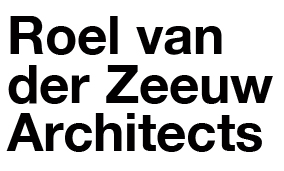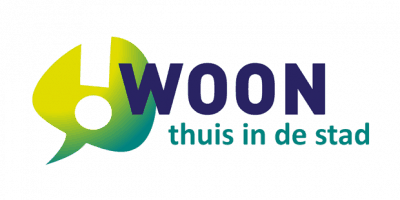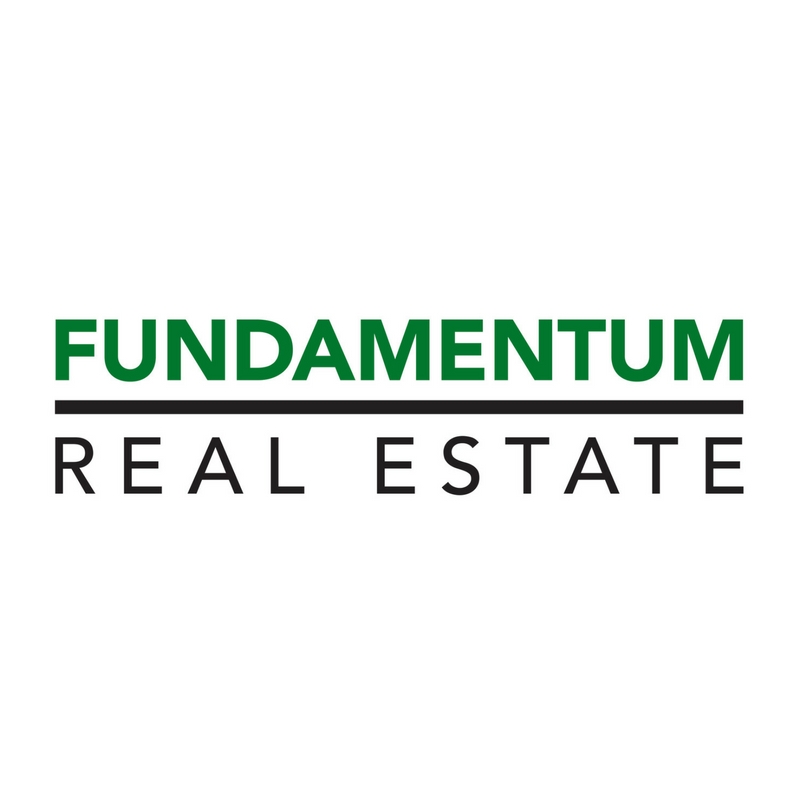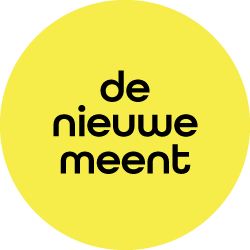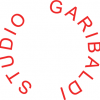Design and process
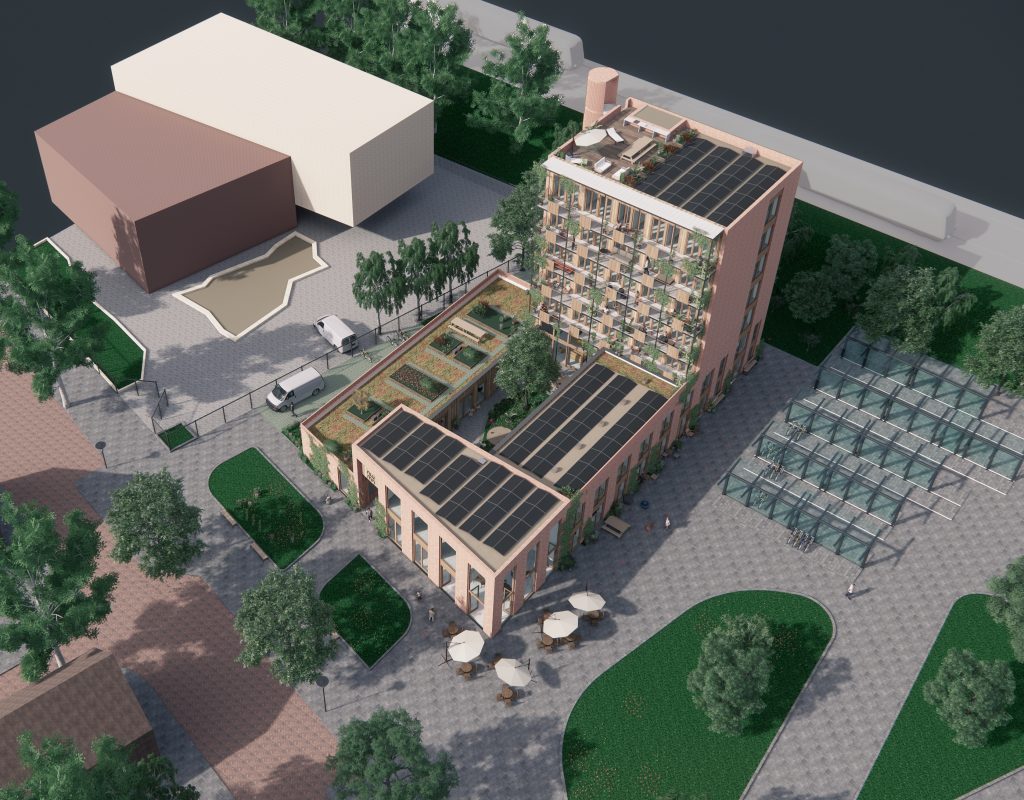
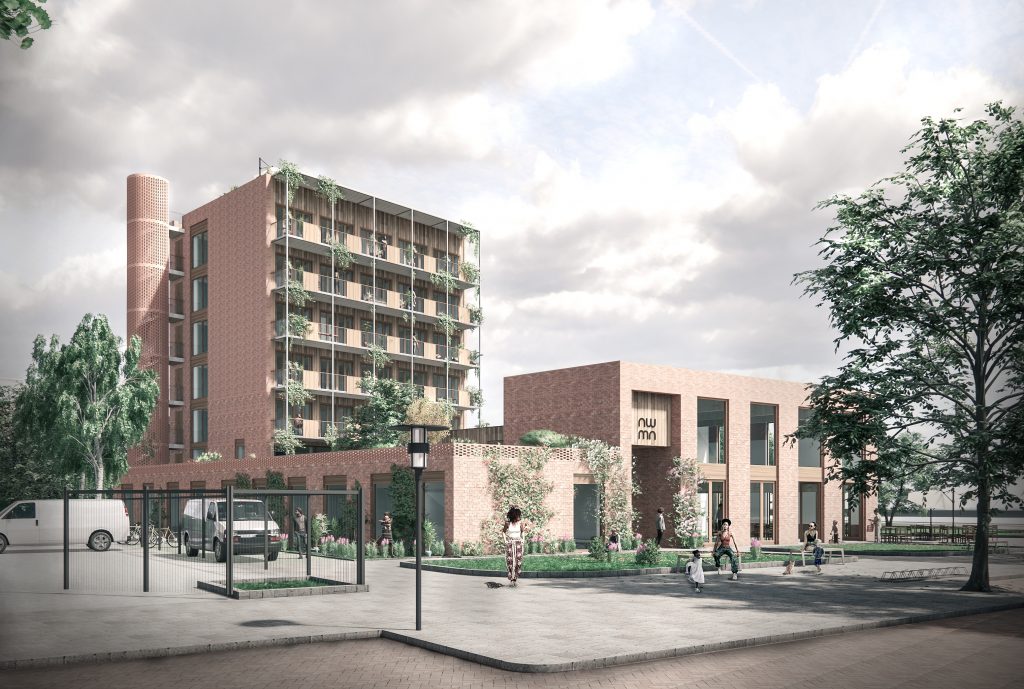
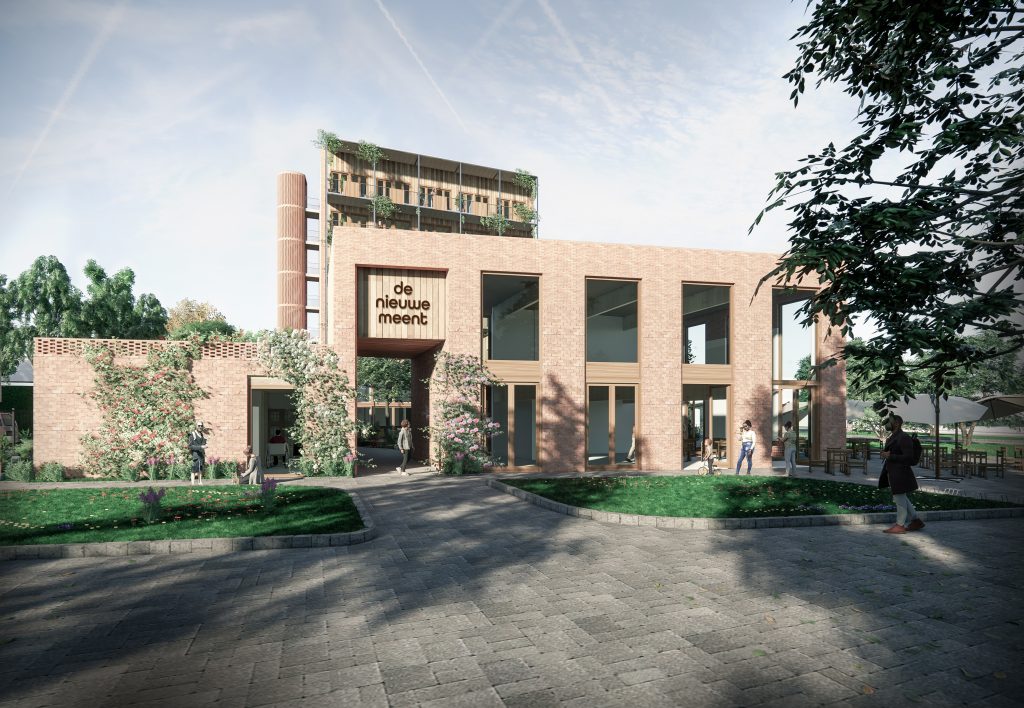
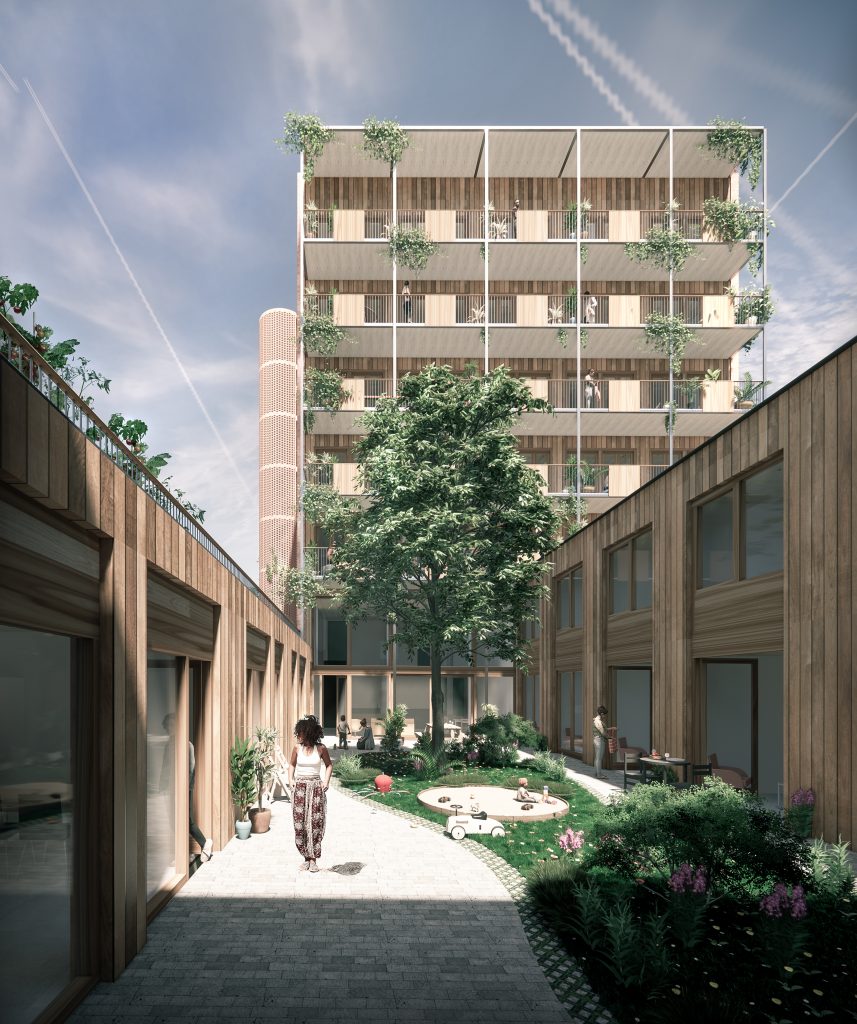
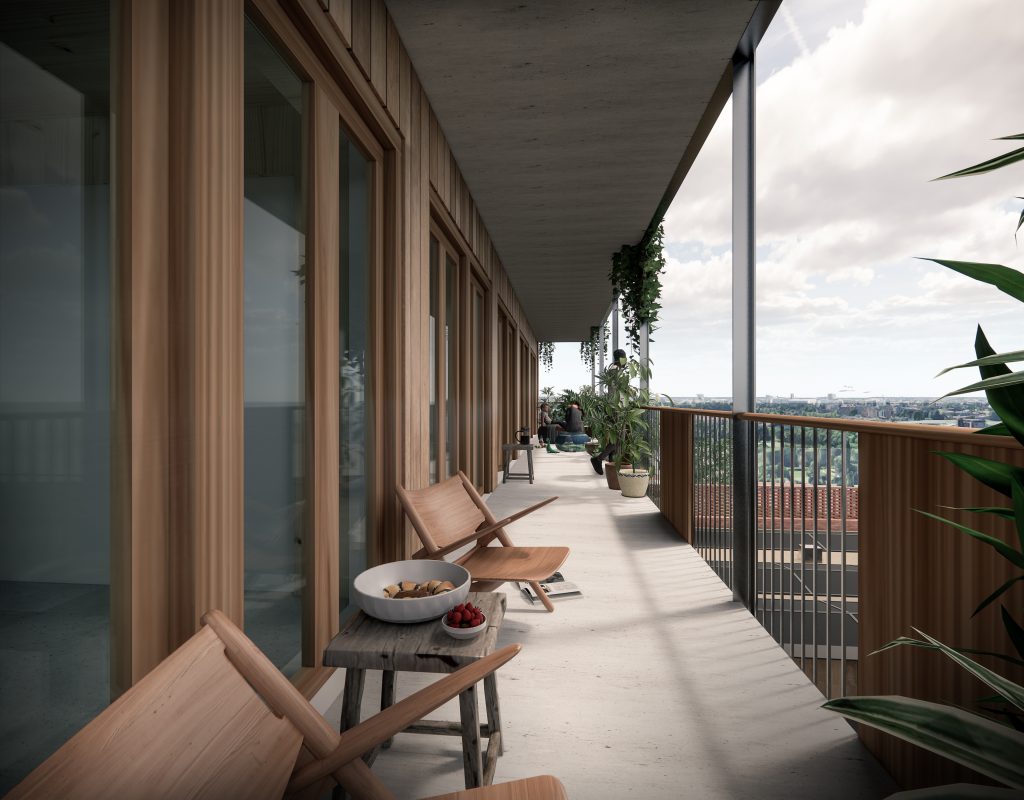

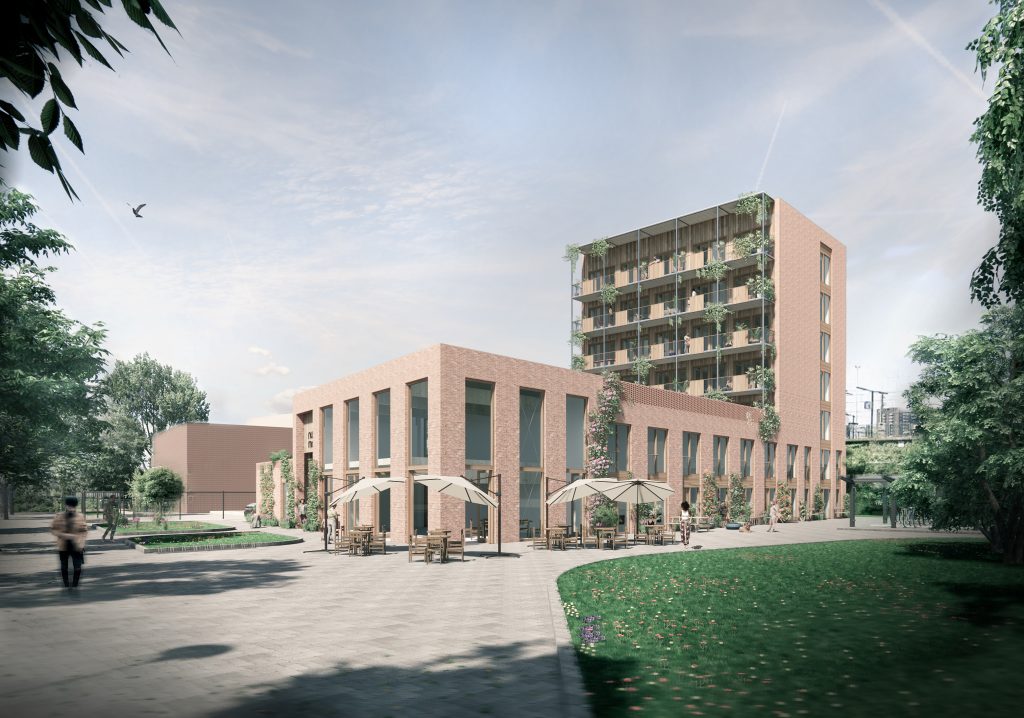
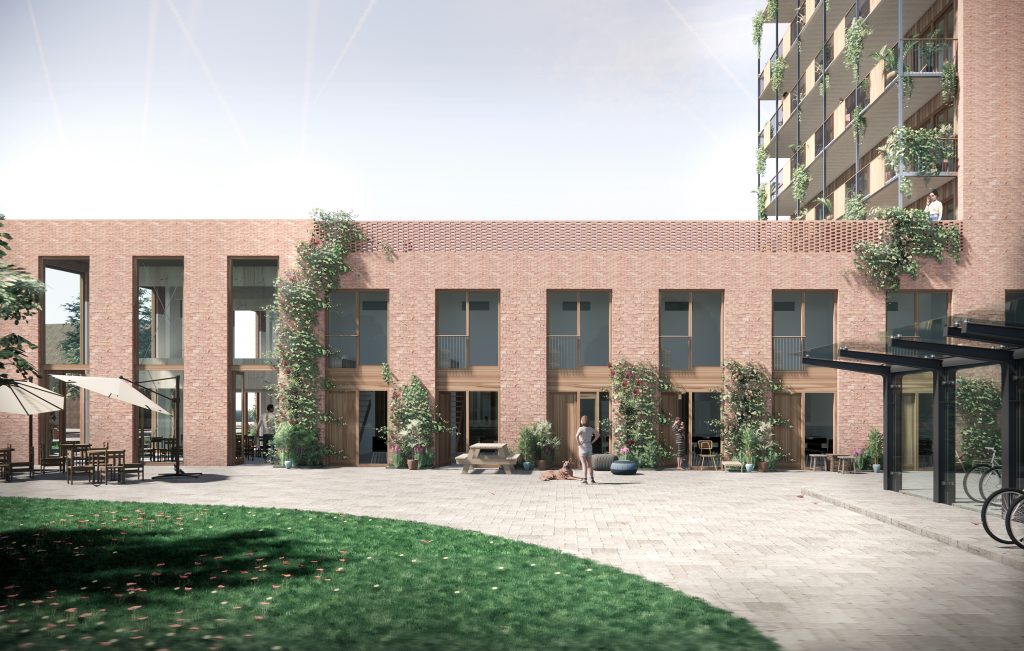
de Nieuwe Meent offers a mix of independent social housing units and shared apartments for living groups, all sharing communal facilities as well as offering public spaces accessible for the neighbourhood and city.
dNM is designed by architects Andrea Verdecchia and Mira Nekova (Time to Access) in collaboration with Roel van der Zeeuw Architects. They do this in close contact with future inhabitants through a participatory co-design process. This way members can create a home according to their own needs and desires.This co-design process also empowers future inhabitants by making diverse housing types possible, as well as offering innovative approaches to shared spaces and a strong sense of community.
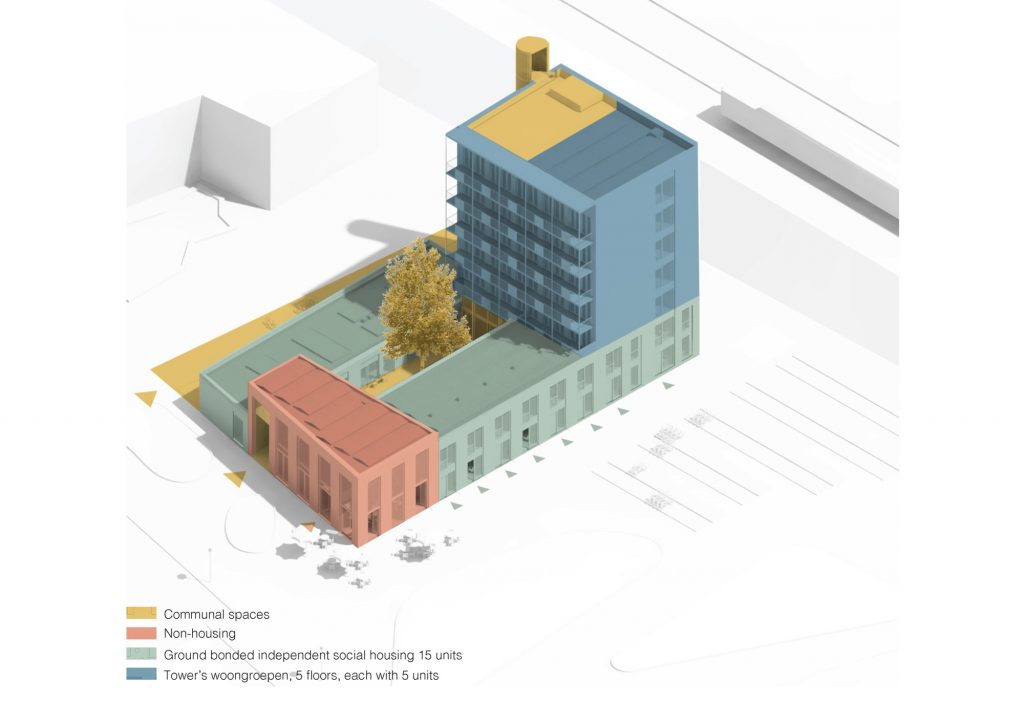
The context
The plot is located in Watergraafsmeer, Amsterdam Oost. It connects to a quiet residential area with an intimate scale and a distinctly green character, but also has a side to the Science Park station square. The free standing building is spatially well connected to both aspects of the environment and aims to be an inviting presence in the neighborhood.
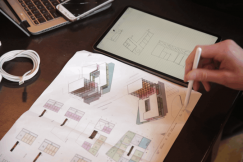
Plinth and outdoor spaces
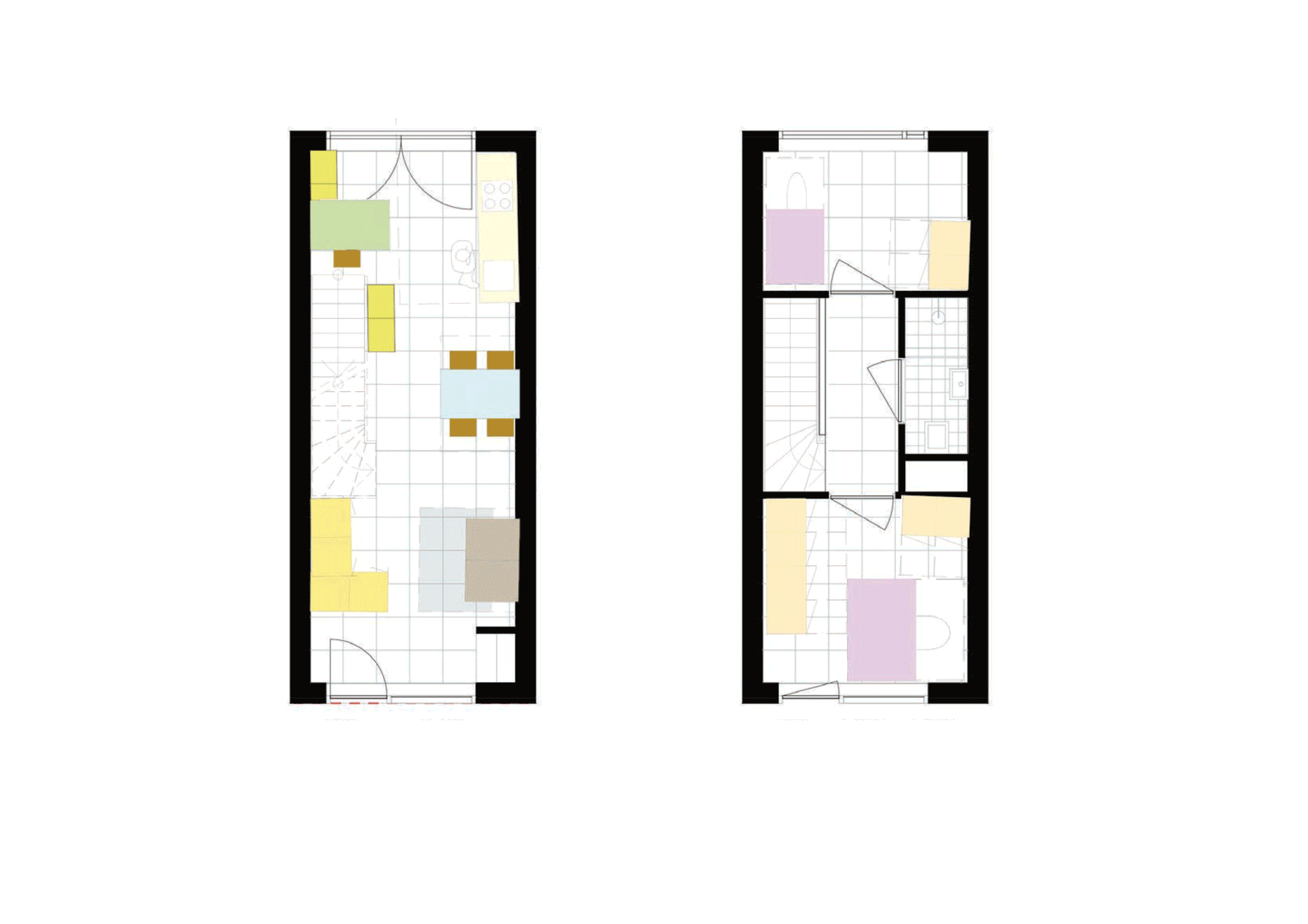
The ground floor (plinth) is structured around a sunny courtyard that functions as dNM’s main outdoor area. It is the perfect example of communal living. The green roof of the plinth is also a fundamental part of our communal life: it extends the courtyard and is accessible for all residents. The backyard on the north-west side provides bike parking and a recycling station.
The plinth features fifteen independent social housing units averaging ca. 45m2 with direct access from the courtyard or the street. They are differentiated into two types: single storey and duplex.
The non-housing spaces are located on the east wing of the building, facing both the station square and the courtyard and spreading on two levels of 180m2 BVO in total. They function as the interface between the building and the neighborhood.
The semi-public courtyard extends indoors as well, and becomes a two-storey communal lobby at the base of the tower. At ground level, it has a double-height living area, a large professional kitchen and a long table for collective dinners. On the back side, shared facilities such as a laundry room, storage and toilets are available. The mezzanine has a more quiet room for multiple purposes, such as for a shared library, meeting and learning, music and games, or yoga and meditation, etc. The whole building is designed to be completely accessible to disabled people.

Tower and living groups
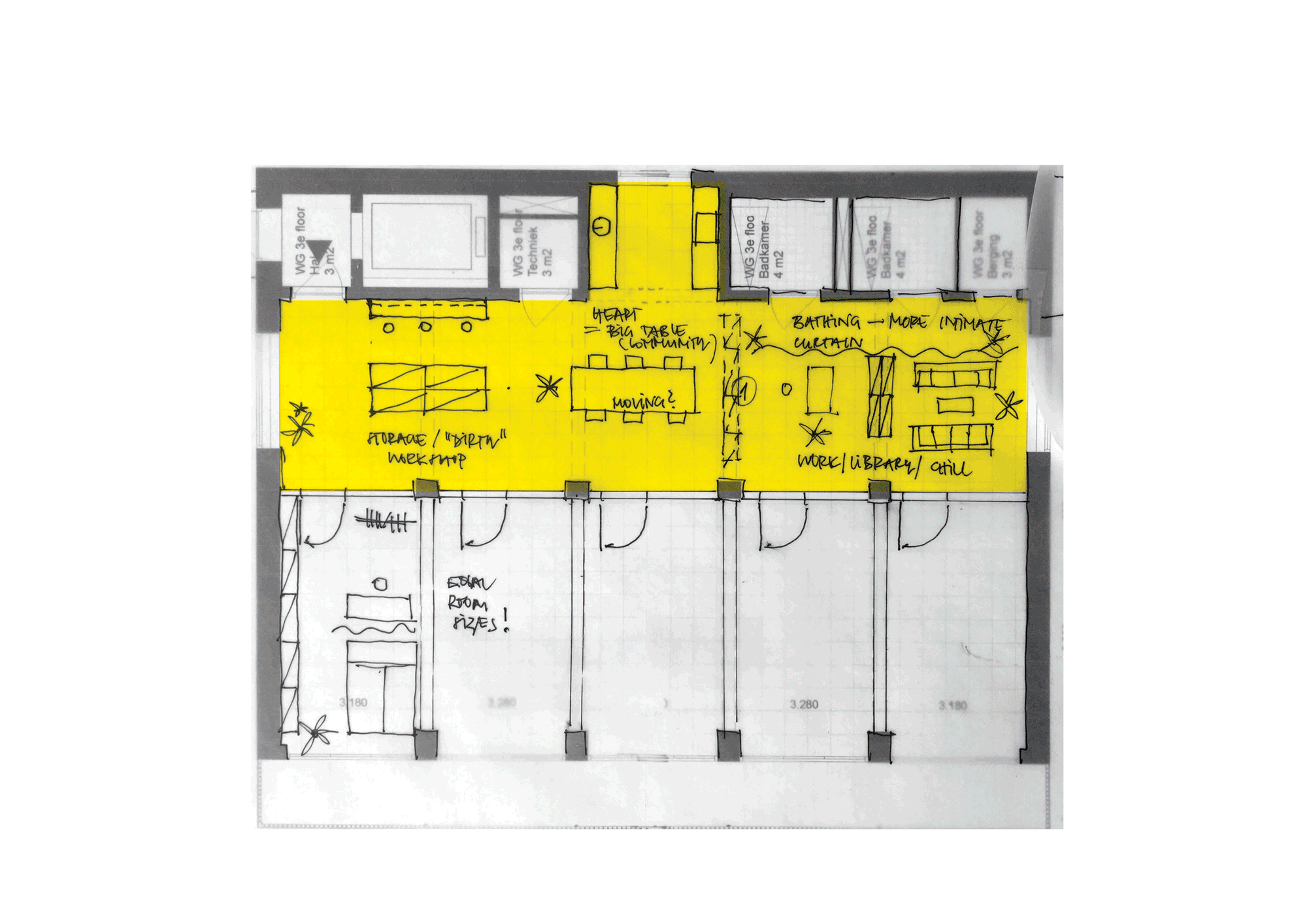
The five stories of the tower offers 25 housing units in a co-living setup. The units have large windows and shared green balconies facing south, while the north facade will be a closed deaf facade due to the sound load, that furthermore contains all circulation (stairs, elevators and corridors) and serving spaces (storage, toilets / bathrooms, technical spaces). Each floor will host one living group consisting of five private units. Thanks to a flexible and adaptive design, each living group is free to determine its own ways of living, including the layout of its floor plan and the ratio between the private and shared spaces.
Sustainability
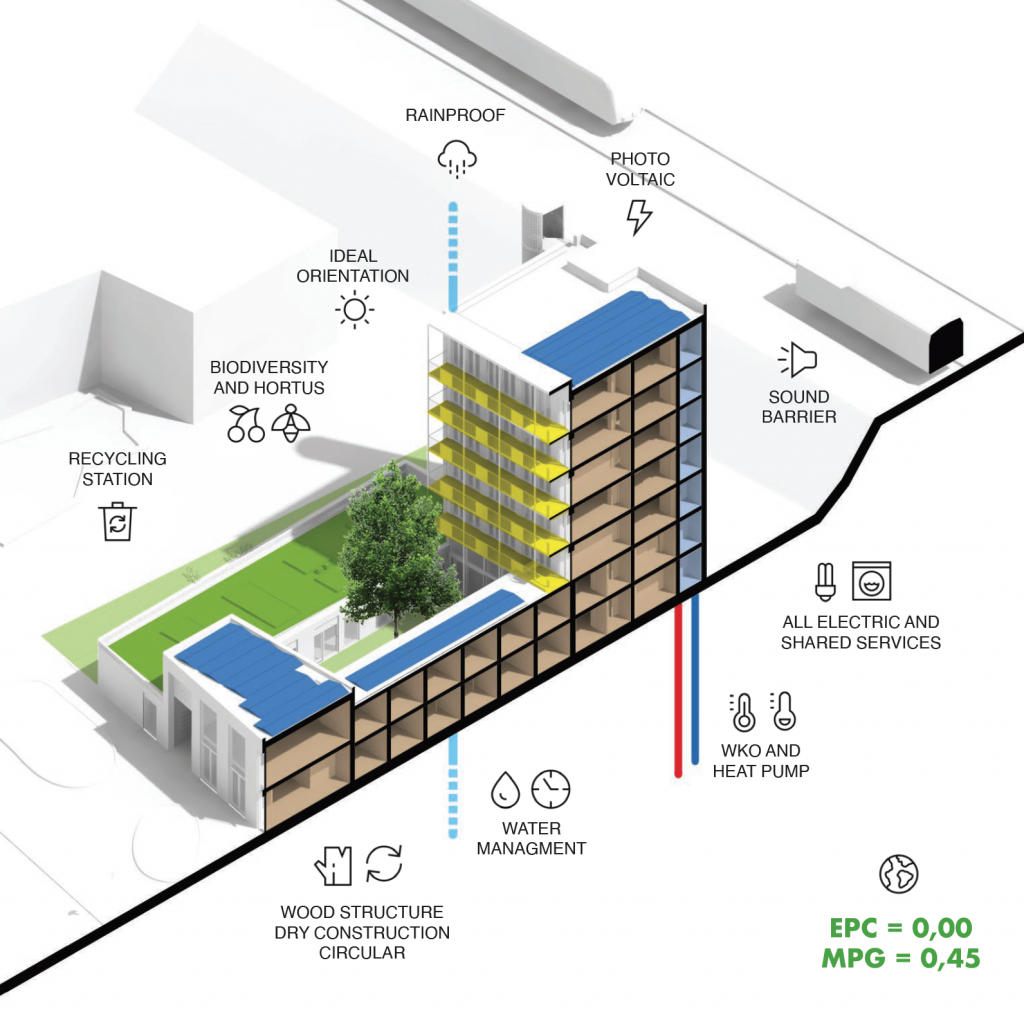
It is no longer possible for property development to ignore the reality of climate change. To face the immense challenges that lie ahead, cities need to radically reduce the resources they use and waste materials they generate. At dNM we understand that the environmental impact of the building involves its entire lifecycle, from construction and use to its eventual repurposing. dNM will therefore strive to be as circular, carbon and energy neutral, rainproof and adaptive as possible.
dNM has a wood load-bearing structure and is built up as much as possible with dry systems, which makes for easier internal reconfigurations and future dismantlement of the building. We give special attention to the material selection in order to minimise the building footprint (MPG = 0,45). Energy will come from renewable sources integrated in the building: solar and geothermal energy, combined with an efficient and properly insulated building envelope. This makes the building completely energy neutral (EPC=0,0).
de Nieuwe Meent is nature inclusive. We will plant and maintain ourselves not only the courtyard but also green roofs and facades. Low-tech but innovative solutions are used for a smart water management system and to include flora and fauna biodiversity.
Of course resource management is also about simply using less. To accomplish that we will share many of our common facilities, from washing machines to tools, toy collections to clothes for children. And because we will share many facilities, costs will also be lower. Finally, given both the unpredictable future in general and the likelihood that dNM residents will change over time, we embed high flexibility and adaptability aims throughout the building design, allowing dNM to remain resilient and durable.

